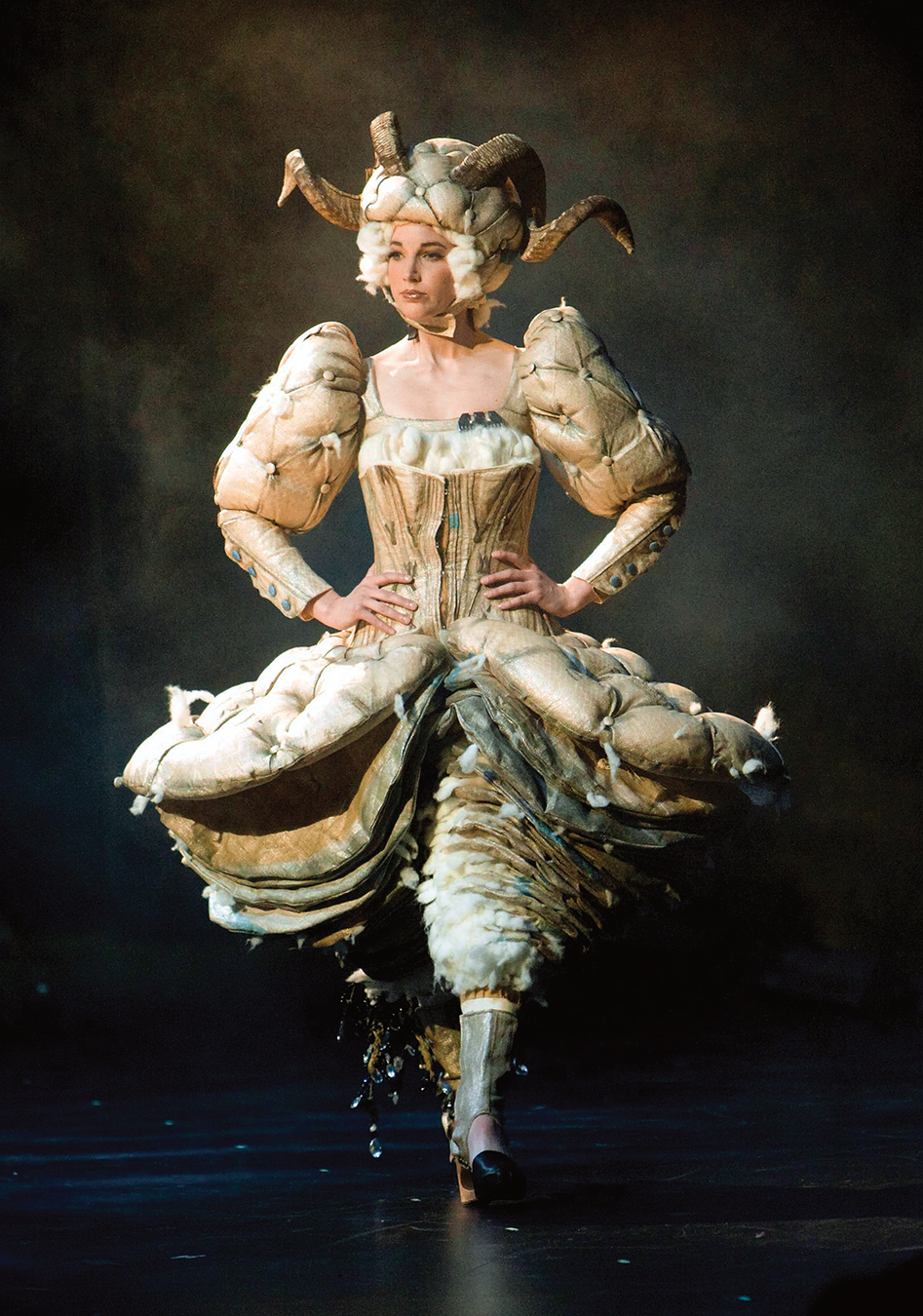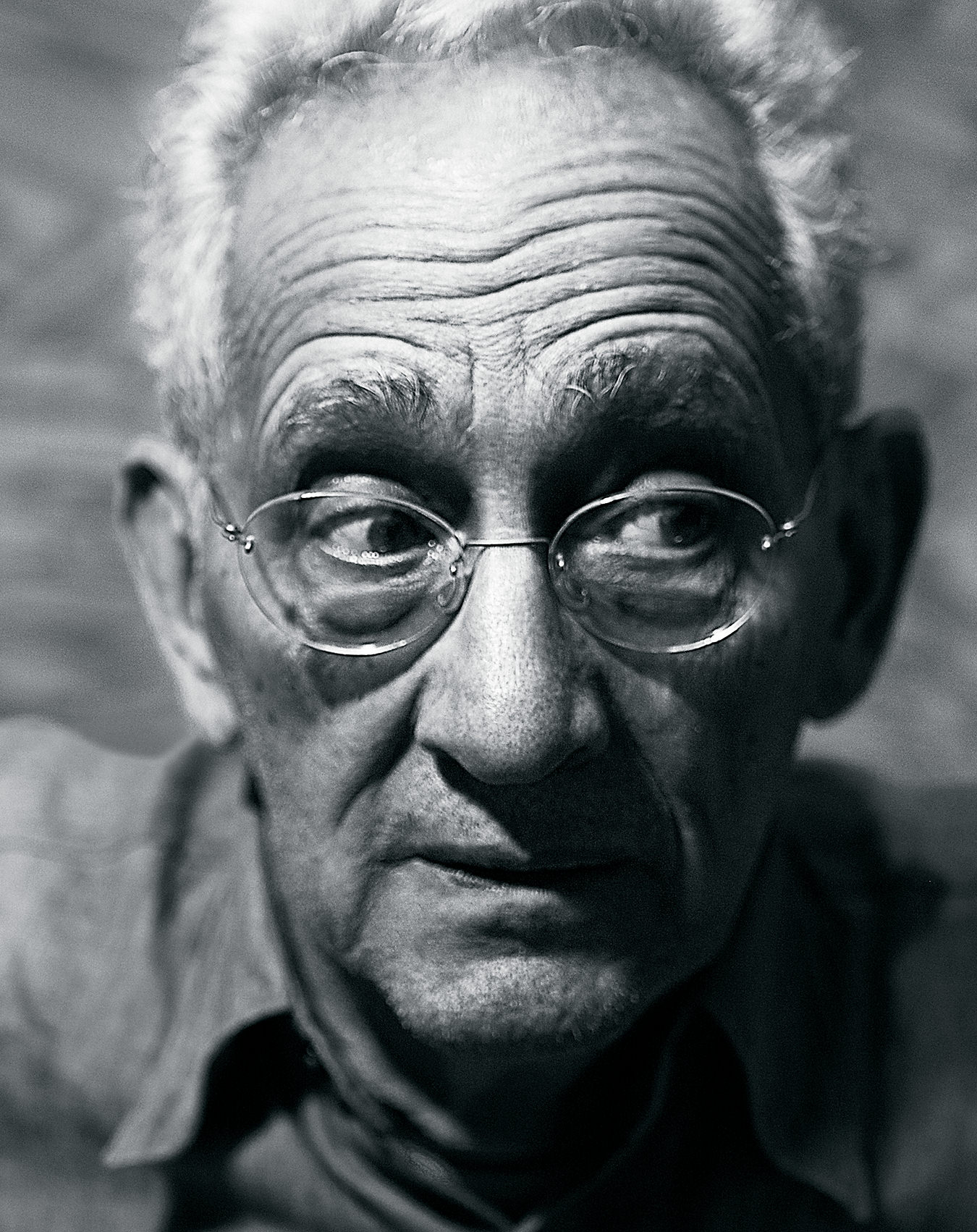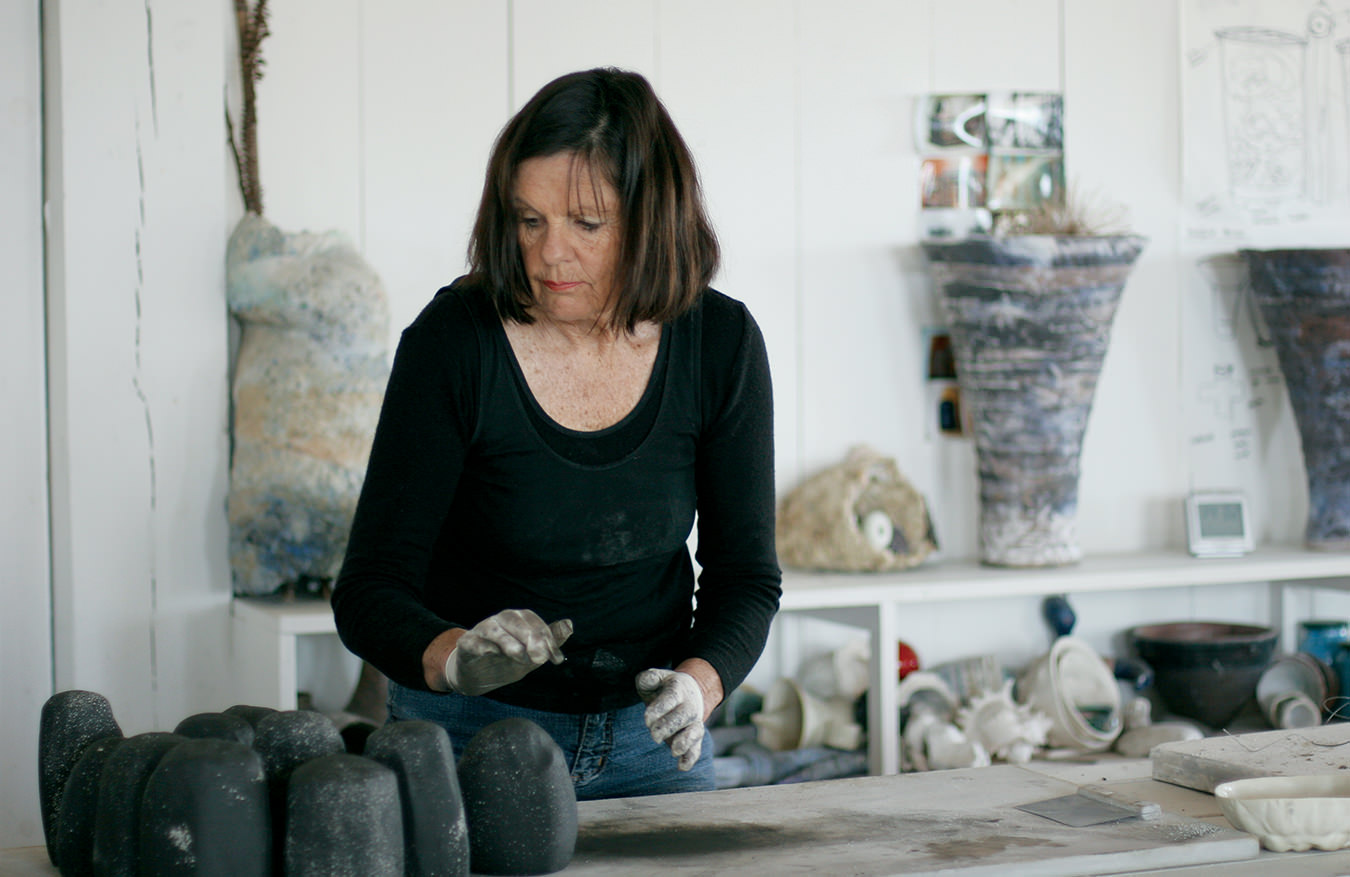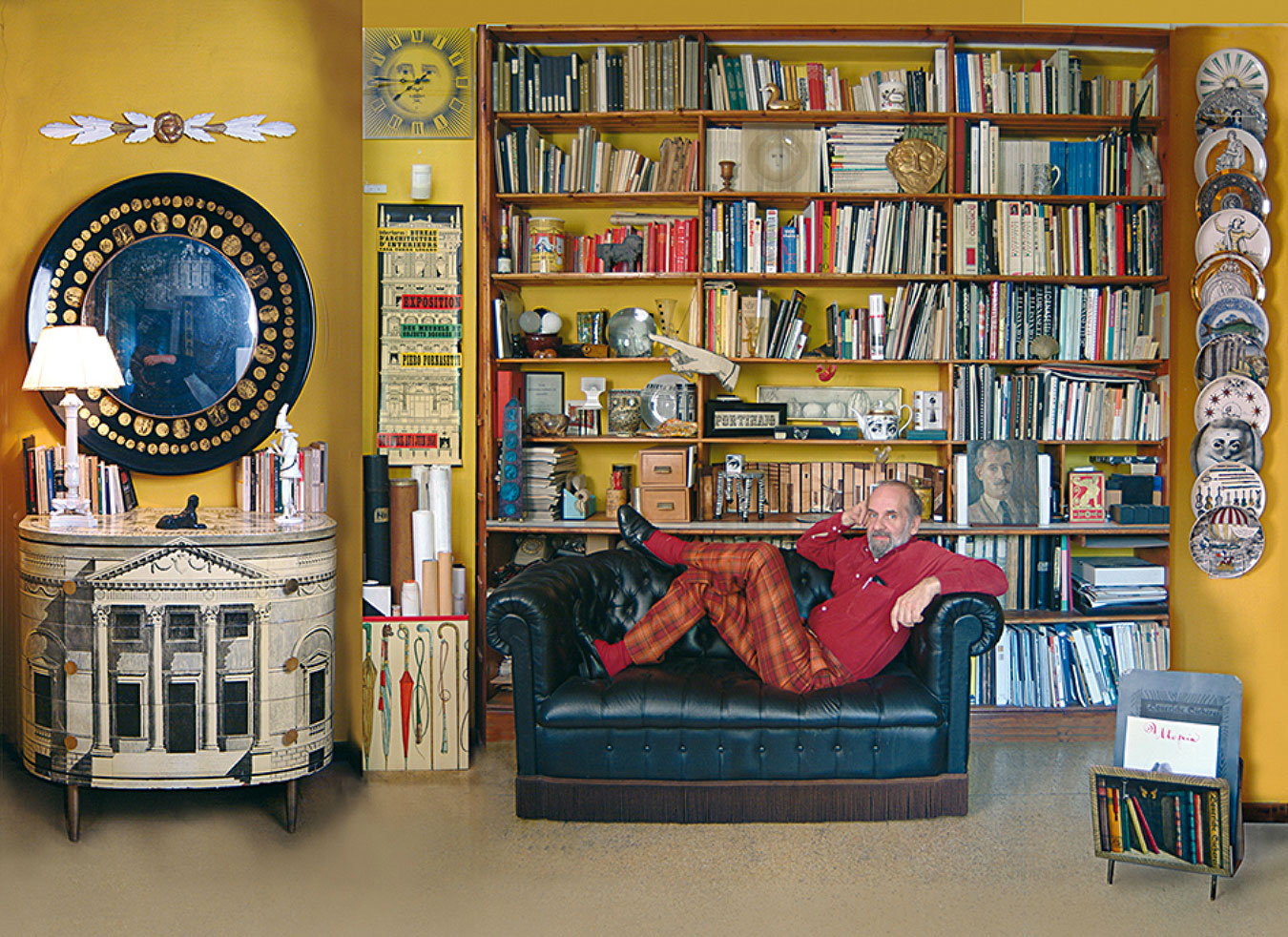-
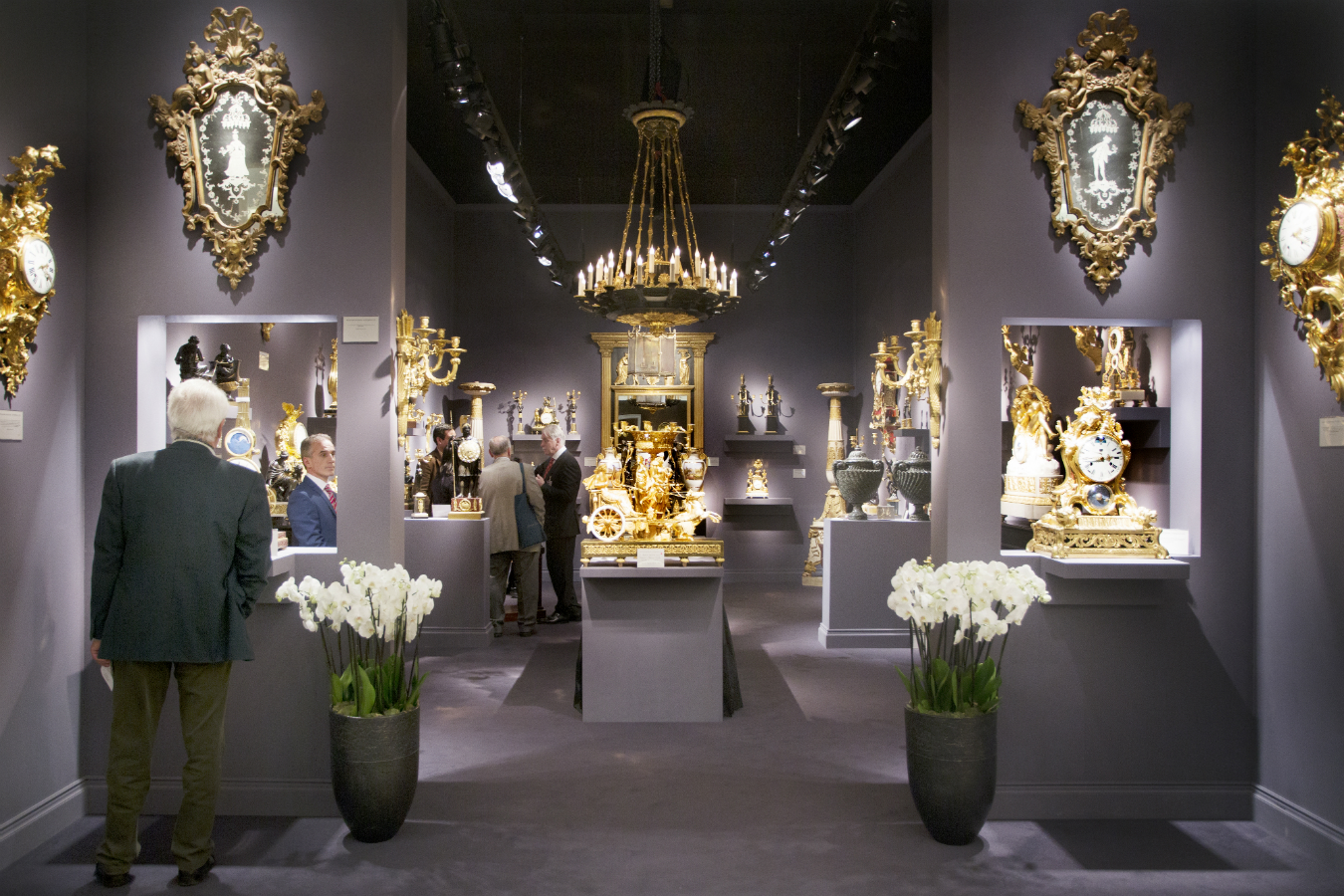
Richard Redding, one of Switzerland’s leading antique and fine art galleries, specializes in 18th- and 19th-century clocks, bronzes, furniture, and silver, as well as porcelain, paintings, and sculptures.
-
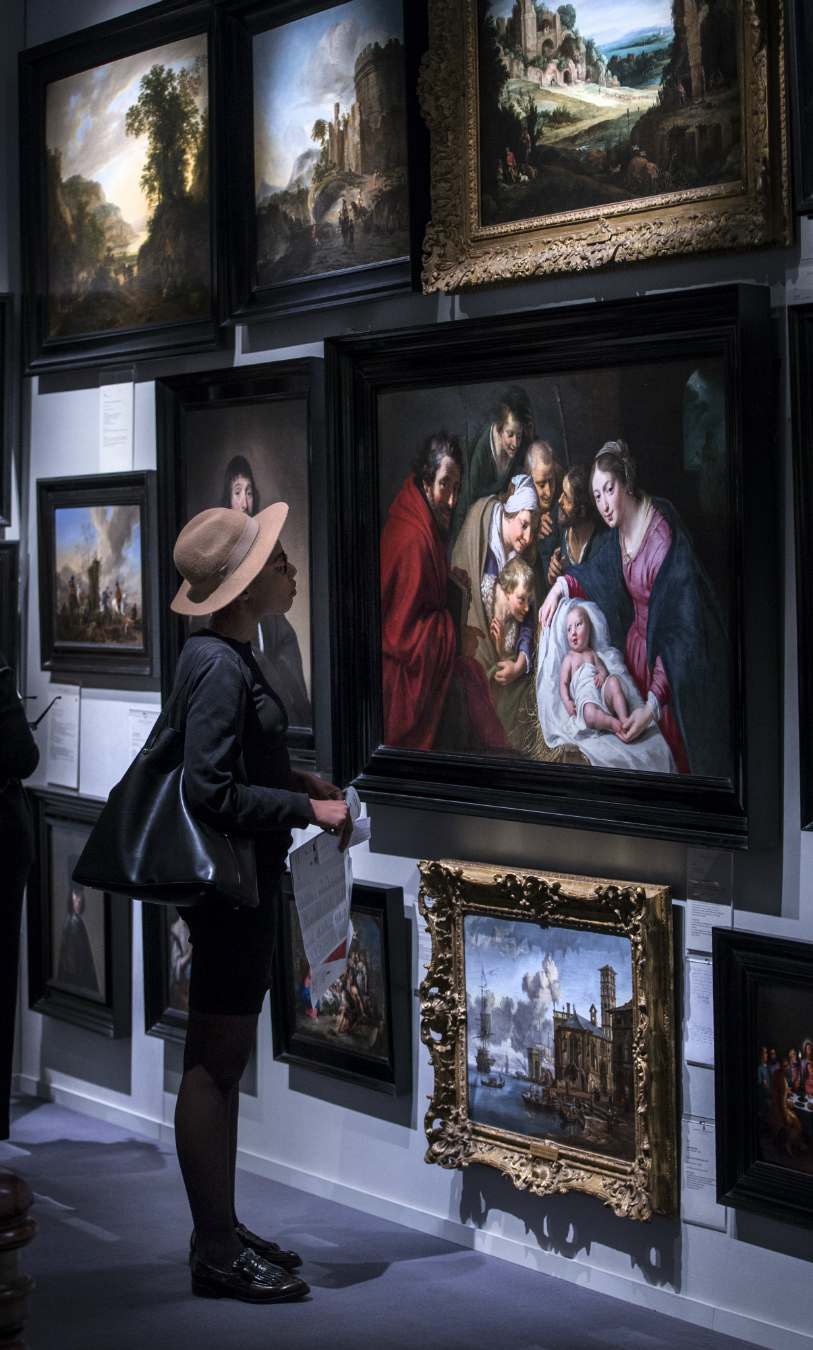
Johnny van Haeften is the only London dealer specializing in 17th century Dutch and Flemish Old Master paintings.
-
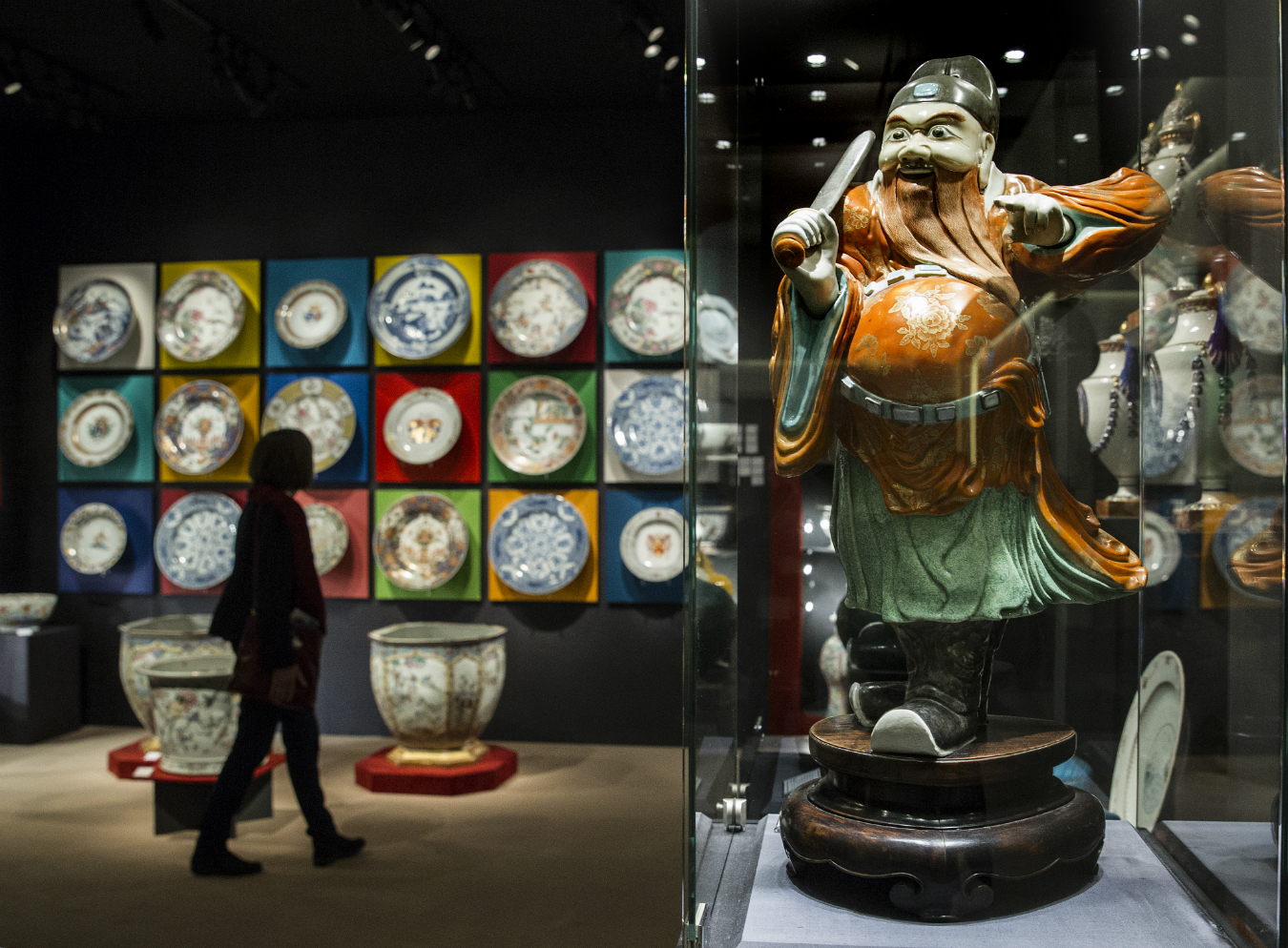
Established in 1973 as a specialist in Chinese Export Porcelain, London’s Cohen & Cohen’s current inventory includes every type of pre-19th century export porcelain.
-
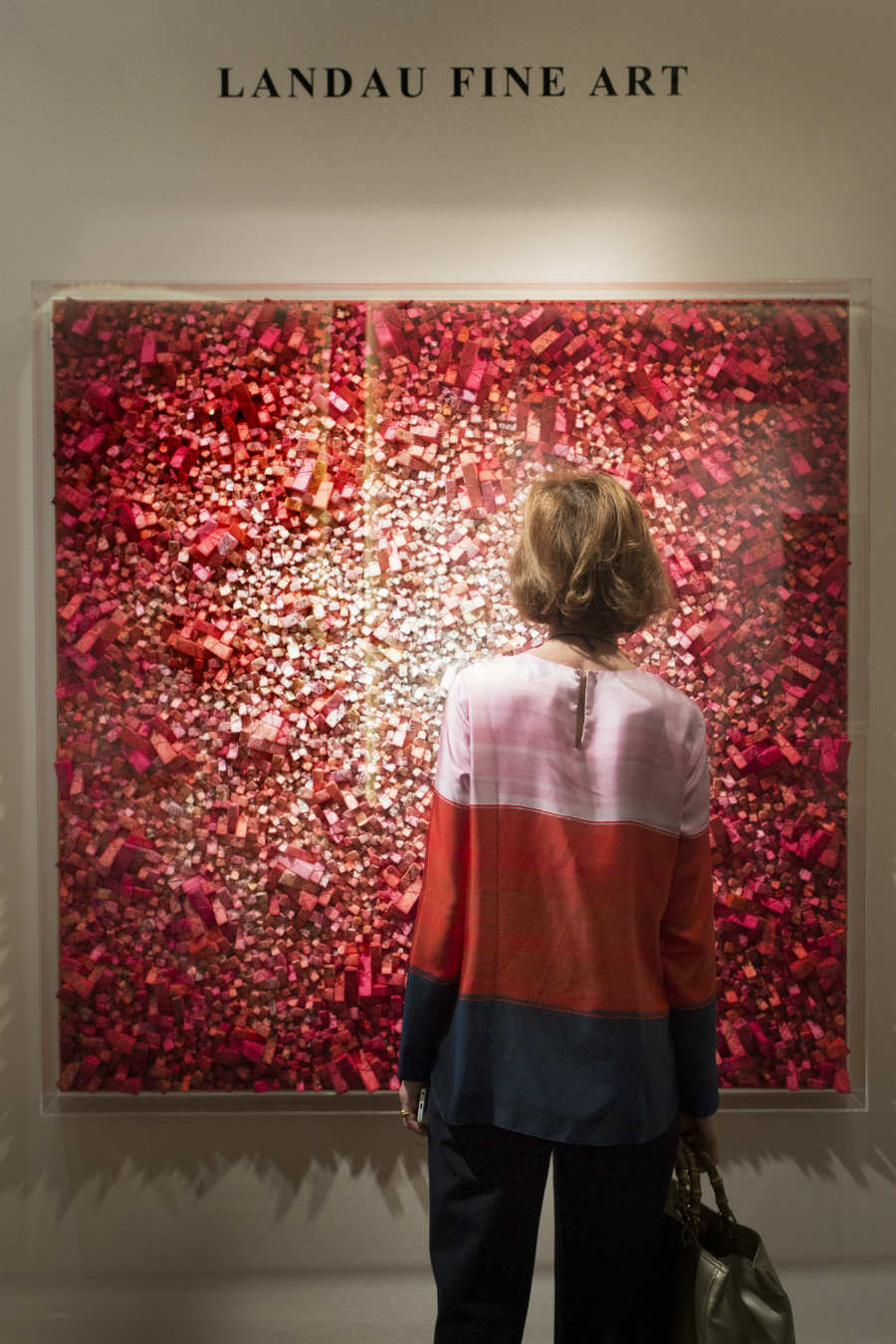
Montreal’s Landau Fine Art is the only Canadian dealer at TEFAF.
-
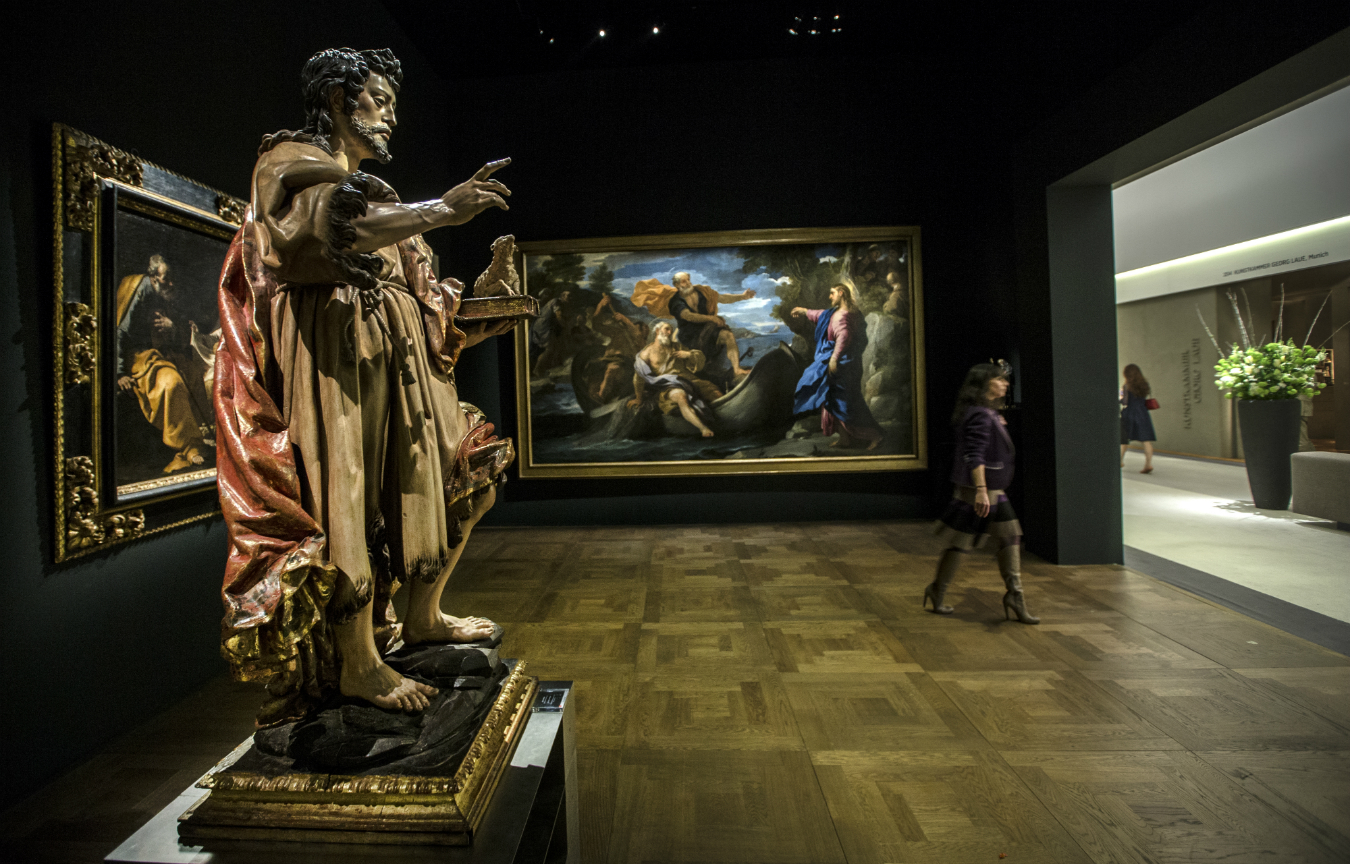
London-based Colnaghi, founded in 1760, is one of the world’s oldest surviving commercial art galleries.
-
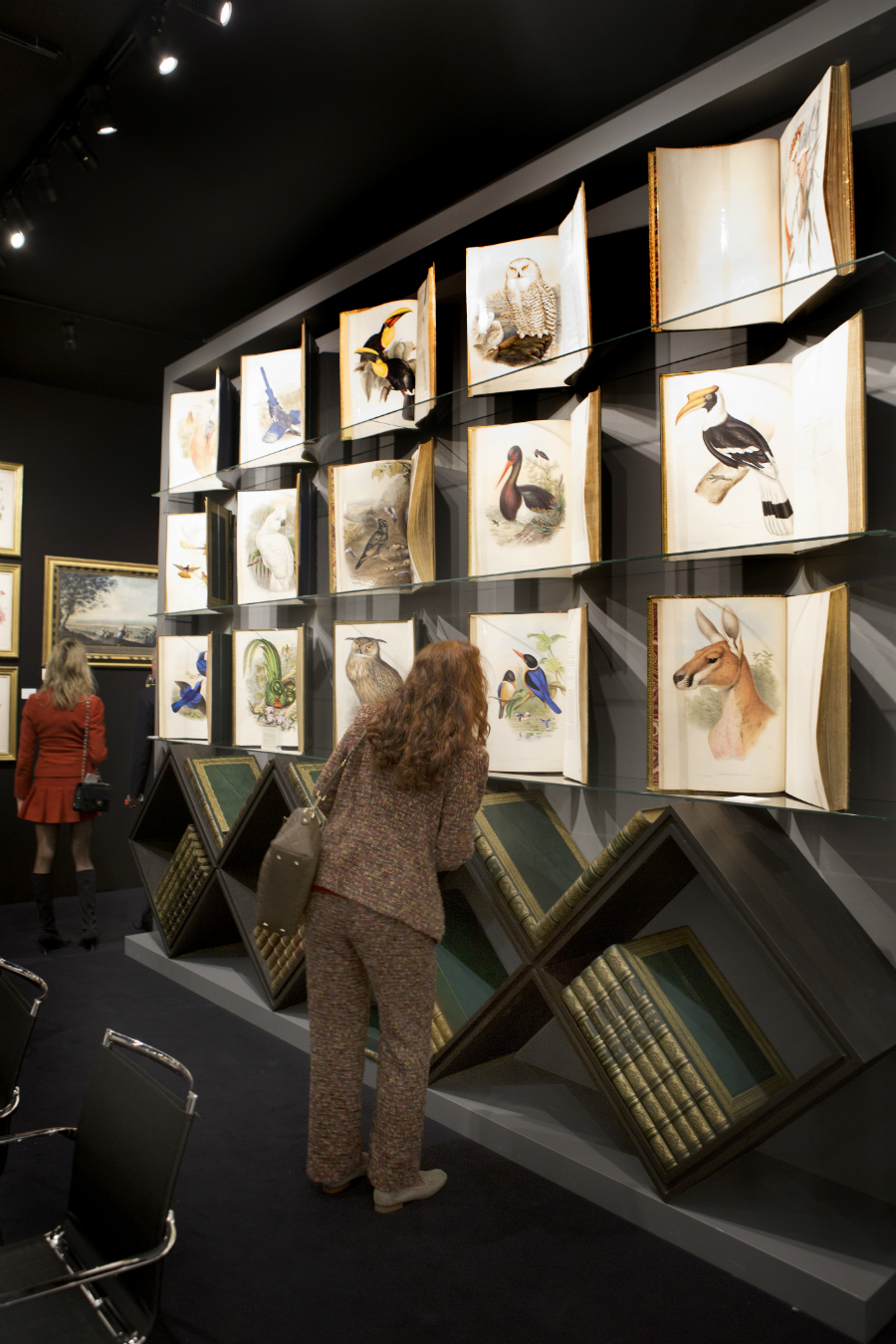
Shapero Rare Books, the London-based rare book and print dealer, showcases at TEFAF.
-
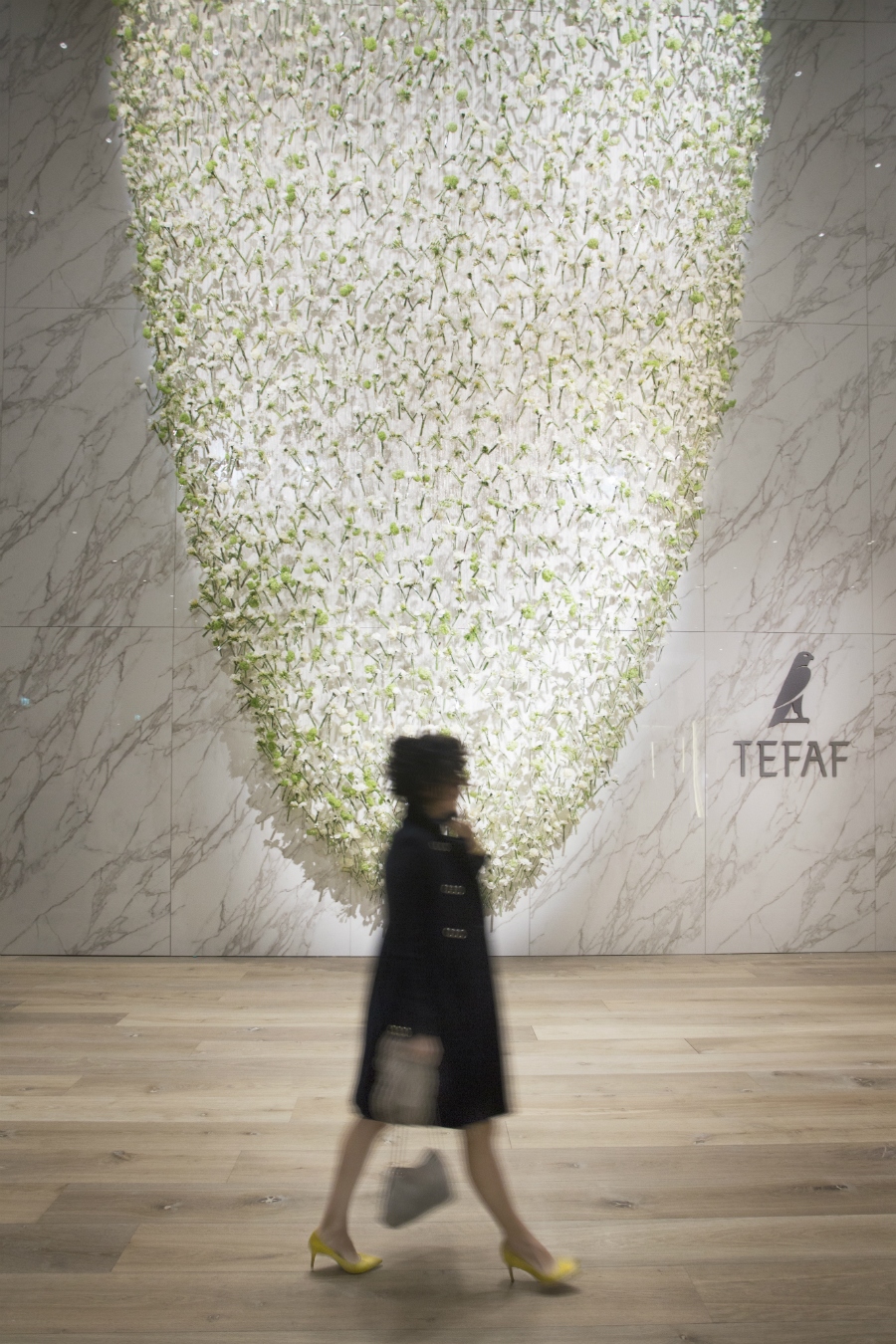
At TEFAF’s entrance this year, a shower of white and green made up of hundreds of freesia and roses, each one inserted into its own vase hanging from the ceiling by a near-invisible thread.
-
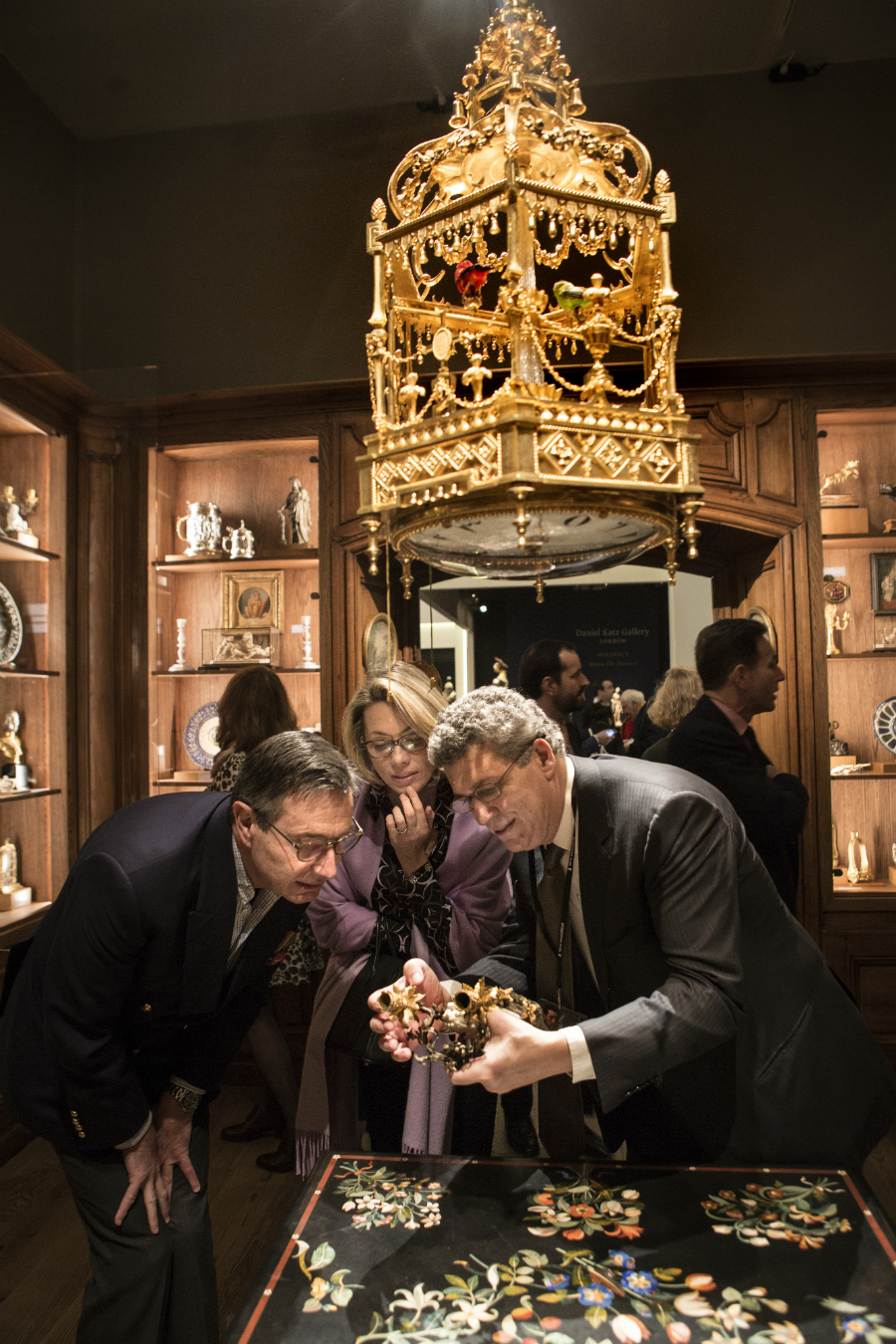
Galerie J.Kugel, housed in Paris’s Hôtel Collet, has been exhibiting at TEFAF since 1991.
TEFAF: From Maastricht to New York
On the hunt.
On the eve of the opening of The European Fine Art Fair in Maastricht, the Netherlands, Henny Visser pays a visit to her hairdresser. She has her salt-and-pepper crop washed and styled. Before retiring for the evening she selects an outfit, lays out her jewellery, and places her fair ticket in her handbag. Just as Christmas comes every year, Visser follows this routine each March. For the past 25 years, the Maastricht native has attended opening day of what is universally re-garded as the world’s greatest art and antique fair: TEFAF.
TEFAF is a magnet for members of the global arts community, many of whom make the yearly pilgrimage to Maastricht (off the beaten track compared with the art capitals of New York, London, and Paris)—with some 75,000 visitors. This small Dutch town, which also lends its name to the Maastricht Treaty, the birthplace of the European Union, European citizenship, and the single European currency, is where Visser lives. “After my husband died, I started attending TEFAF on my own,” says the 70-year-old. “An outing I continue, for tradition, yes, but also because nowhere else can you see what you see here.”
TEFAF is perceived—accurately—as the most serious and distinguished rendezvous for the most demanding and sophisticated art collectors in the world. Established in 1988 by a group of pioneering Old Masters dealers, the fair has grown significantly over the years, with this year’s showcasing 273 exhibitors from 20 countries with an emphasis on historical and decorative art as well as a growing section of modern and contemporary works. English is the language of art dealing, but the languages of the majority of attendees are German, French, Dutch, and Italian; there’s the odd Russian voice heard, and almost no Asian ones. Buying, selling, looking, being seen, impressing—this all takes place at the windowless exhibition hall called MECC, the Maastricht Exhibition & Congress Centre.
Tradition has a pivotal role at this fair: every exhibiting gallery has a celebrated pedigree. Among the various categories: paintings, antiques, modern art, classical antiquities, jewellery, design, and works on paper. TEFAF is an appointment that the global arts community feels compelled to honour with punctual regularity, and every year bare-bones booths are transformed into a wonderful world of luxury with the most elaborate and inventive flower compositions—at the entrance this year: a shower of white and green made up of hundreds of freesia and roses, each one inserted into its own vase hanging from the ceiling by a near-invisible thread.
Getting lost at TEFAF is probable. Who knows what’s around the corner among the more than 35,000 works covering the past 7,000 years: an ancient Greek idol, a splendid medieval manuscript, astronomical clocks, a Rembrandt painting, Delft black Buddhas, a rarely seen Impressionist painting, or an Alexander Calder hanging mobile.
TEFAF is perceived as the most serious and distinguished rendezvous for the most demanding and sophisticated art collectors in the world.
Robert Landau of Montreal’s Landau Fine Art is the only Canadian dealer at the fair; his booth features pieces by Joan Miró, Pablo Picasso, Henri Laurens, Marc Chagall, and more. “Everyone that is interested in our field comes here,” says Landau, who, in the first three hours of the fair, sold three works. Galleries lobby long and hard for entry into TEFAF; Landau has been a part of this elite group for over 20 years. Amedeo Modigliani’s Bride and Groom (1915–16), with a list price of $25-million (U.S.), hangs in wait, while Paul Delvaux’s spectacular Le miroir (1936) draws you in. Alice, Landau’s wife, and Jennifer, his daughter, attend to the curious and the collectors.
Henny Visser, on the other hand, is a sightseer. “I am not an art buyer but an art lover. I come to look,” she says as she takes the last sips of her wine, having just finished her midday meal at one of the eateries constructed for the 10-day art extravaganza. “My eyes feast at TEFAF.” Unlike other fairs on the global circuit, it is clear that TEFAF is about the appreciation of art, not just monetary value. Every work has been carefully vetted by an army of independent scholars, curators, and specialists, called to Maastricht days before the opening.
The fair’s umbrella organization, the European Fine Art Foundation, releases its annual Art Market Report at TEFAF. Global art sales reached $63.8-billion in 2015, falling 7 per cent year-on-year from the market’s highest-ever total of $68.2-billion in 2014. The United States represents the largest portion of the art market with a share of 43 per cent of the value of the global market, followed by the U.K. with 21 per cent and China with 19 per cent.
New York is the world’s most buoyant art market, and TEFAF made headlines this year by announcing a major expansion into the U.S. It has joined with the art advising firm Artvest to stage two new fairs: TEFAF New York Fall, to take place in October, and TEFAF New York Spring, replacing two existing fairs at the Park Avenue Armory. “By going to New York, we have a window on Maastricht,” says Patrick van Maris, CEO of TEFAF. “There are a lot of Americans here [in Maastricht] and what we need to do is get Americans to Manhattan, see what we can do, [have them] taste the TEFAF DNA.” Sixty to 70 participants will be exhibiting at the Armory (the dealer list is yet to be confirmed), and van Maris assures that TEFAF will, as it always has, concentrate on art’s top tier.
Landau is one of the dissenters of the TEFAF extension to New York: “There are already so many art shows at the Armory, and there are plenty of fairs on the circuit—there is already art fair fatigue.” It remains to be seen if TEFAF’s new venture will enhance or diminish the appeal of the original fair. TEFAF has constantly sought to reinvent itself and broaden the range of works on offer. The fair is welcome evidence that the barriers built by the 19th-century art historians—between fine and decorative art, high art and craft—have fallen down.

